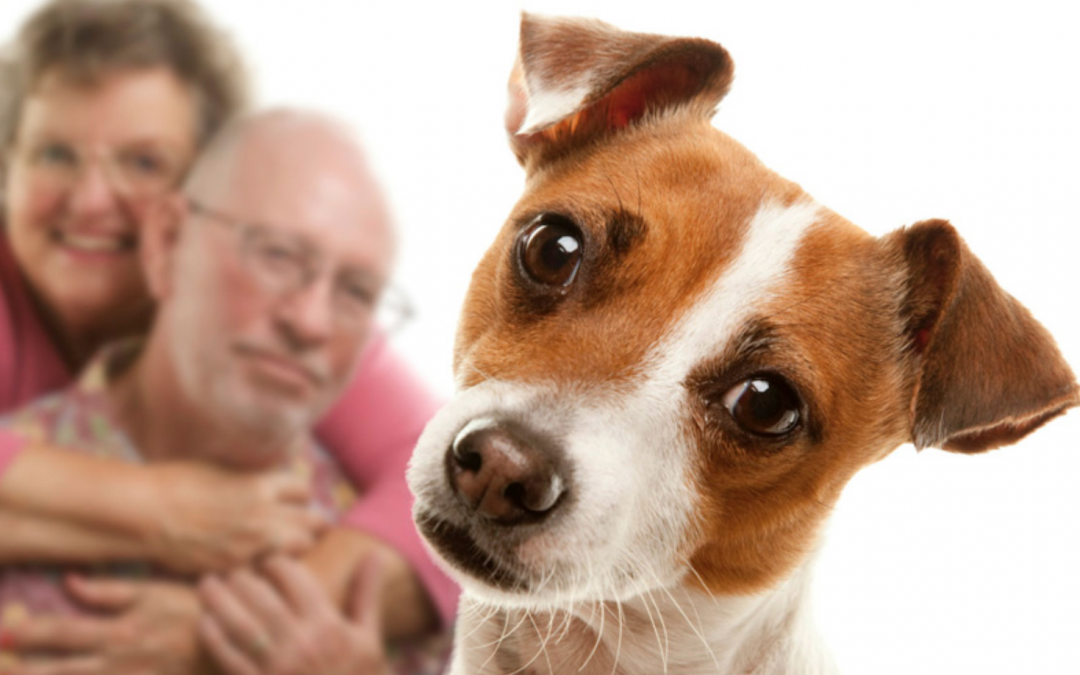Anyone who has had a pet has noticed that these, especially if they are dogs, experience something akin to jealousy when their masters focus our attention on another person or animal.
Although from the scientific point of view it is difficult to study the emotions of pets (we have biases and tend to anthropomorphize them), the results of the investigations are beginning to suggest that jealousy, at least, is a “primordial” emotion that we share with others social animals, particularly dogs and primates.
To clarify the field of study psychologists make a distinction between jealousy and envy. While the latter is an emotion of two entities that occurs when we lack something, be it a specific personal attribute or an object, that someone else has; Jealousy, on the other hand, requires a social triangle and appears when someone threatens a special relationship.
In addition, for a person or animal to feel jealousy, it needs to have the cognitive capacity to recognize, at a certain level, the importance of a relationship and evaluate the possible threats to that relationship.
Jealousy can occur between couples, but they also occur between friends, family and co-workers. In fact, the research shows that babies as young as 6 months showed jealousy when their mothers interacted with another baby (which in reality was a realistic looking doll). This suggests that jealousy is innate emotions that evolved to protect any kind of social relationship from intruders, and that may exist in other social animals.
Dogs and jealous monkeys
In 2014, researchers at the University of California at San Diego modified experiments with children, adapting them to dogs and found that dogs acted much more jealously when their owners interacted with a fake dog (caressing and treating it as if it were real) than when They caressed other objects like books.
A third of the dogs studied tried to get between their owners and the fake dog, and a quarter of them even attacked the doll. In the case of dogs that did not show jealousy, the researchers suspect that they identified that the animals were stuffed and not real, or simply did not have very strong ties with their owners.
When they observed their partners, the monkeys experienced an increase in testosterone hormone levels (associated with aggression and competition related to mating) and cortisol (an indication of social stress). In addition, brain scans revealed that primates had increased activity in one area of the brain associated with social exclusion in humans (the cingulate cortex) and another area associated with aggressive behavior (the lateral septum).
Although these two investigations have only focused on dogs and monkeys, jealousy has also been observed in horses, birds and cats. Therefore more studies with other species are necessary to understand this emotion, sometimes destructive.
Source: nmas1.org











